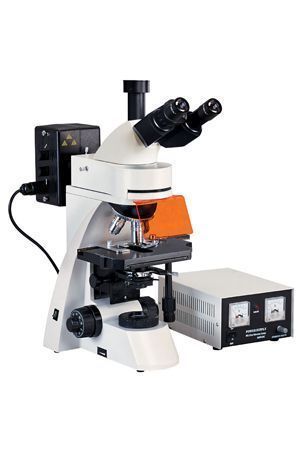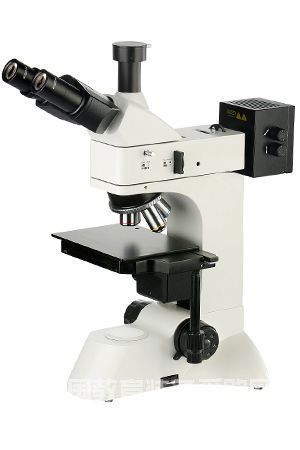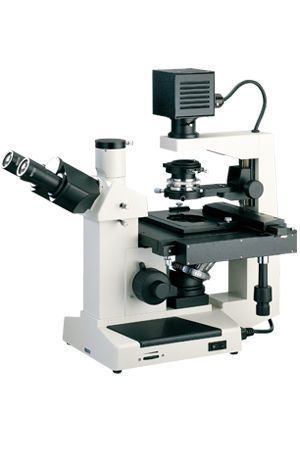As early as the first century BC, people have discovered that when they observe small objects through spherical transparent objects, they can be enlarged and imaged. Later, I gradually realized the law of spherical glass surface that can magnify and image objects.
In 1590, Dutch and Italian eyewear manufacturers had created microscope-like magnifying instruments.
In 1611, Kepler (Kebler): Proposed a method of making a compound microscope.
In 1665, Hooke: The origin of the term "cell" was derived from Hooke's observation of tiny stomata on the cork tissue of plants using a compound microscope.
In 1674, Leeuwenhoek (Lewen Hook): A report on the discovery of protozoology came out and became the first person to discover the existence of "bacteria" nine years later.
In 1833, Brown (Brown): Violet under the microscope, and then published his detailed discussion of the nucleus.
In 1838, Schlieden and Schwann (Schleden and Schwann): both advocated the principle of cytology, and its main purpose was "nucleated cells are the basic elements of the organization and function of all animals and plants.
In 1857, Kolliker (Korlik): found mitochondria in muscle cells.
In 1876, Abbe: Analyzed the diffraction effect produced when the image was imaged in the microscope, trying to design the most ideal microscope.
In 1879, Flrmming (Fleming): It was discovered that when animal cells are undergoing mitosis, the activity of their chromosomes is clearly visible.
In 1881, Retziue (Rezu): The report of the animal organization came out. No one can surpass it when it was published in this world. However, 20 years later, a group of histologists led by Cajal developed a microscope staining observation method, which laid the foundation for future microanatomy.
In 1882, Koch: He used benzoan dye to stain microbial tissue, and he discovered cholera and tuberculosis. Over the next 20 years, other bacteriologists, such as Klebs and Pasteur (Kleiber and Pasteur), examined the stained drugs under a microscope to confirm the cause of many diseases.
In 1886, Zeiss (Chua's): Breaking the limits of general visible light theory, his invention-Abi and other series of lenses opened up a new world of resolution for microscopists.
1898, Golgi (Golgi): The first micrographer to discover the Golgi in bacteria. He stained the cells with silver nitrate and made a major step in human cell research.
In 1924, Lacassagne (Lanccasin): together with his experimental work partners developed radiography, this invention is the use of radioactive polonium elements to detect biological specimens.
In 1930, Lebedeff: designed and matched the first interference microscope. In addition, the phase difference microscope was invented by Zernicke in 1932. The phase difference observation developed by the two people extended the traditional optical microscope allows biologists to observe various details on stained living cells.
In 1941, Coons (Queens): Antibodies plus fluorescent dyes were used to detect cell antigens.
In 1952, Nomarski (Nomarski): Invented interference phase difference optical system. This invention not only enjoys patent rights but is named after the inventor himself.
In 1981, Allen and Inoue (Allen and Inoue): The contrast enhancement of the image on the principle of optical microscopy, the development tends to a perfect state.
In 1988, the Confocal (conjugate focus) scanning microscope was widely used in the market.



Stainless Steel Frypan Without Lid
Stainless Steel Skillet,Non Stick Frying Pan Set,Best Non Stick Frying Pan,Stainless Steel Frying Pan Set
SUZHOU JIAYI KITCHENWARE TECHNOLOGY CO.,LTD , https://www.jiayikitchenwares.com